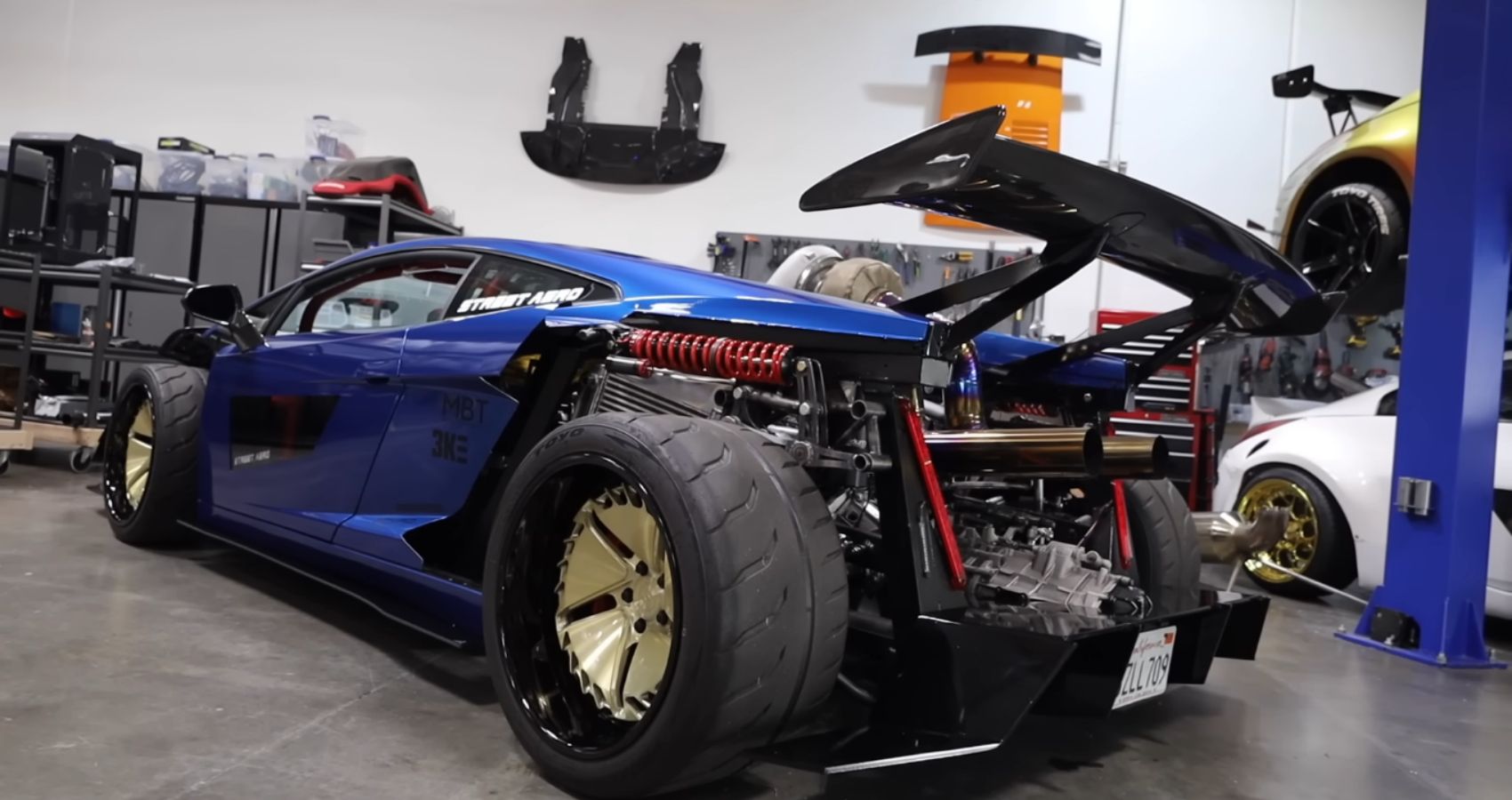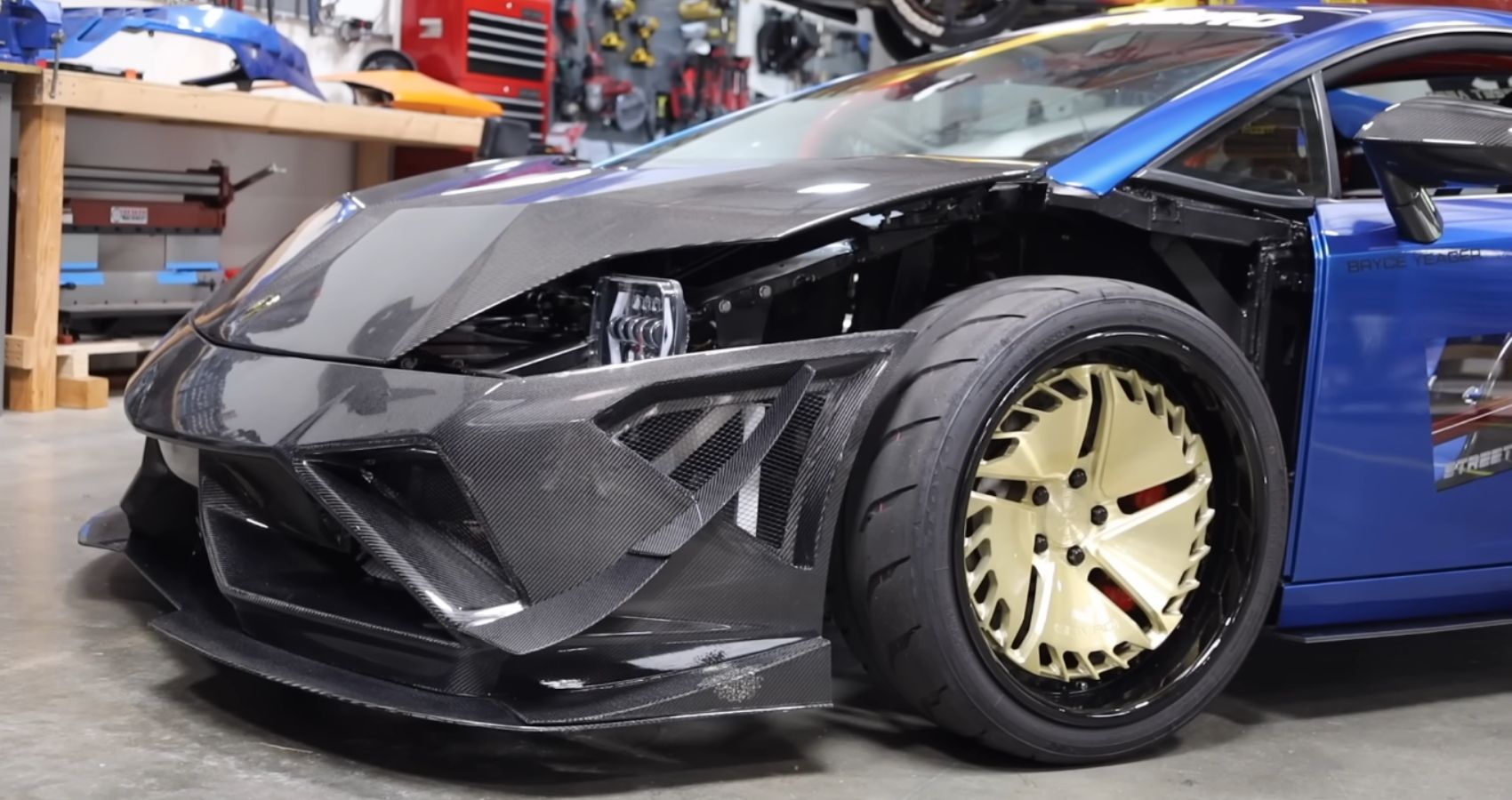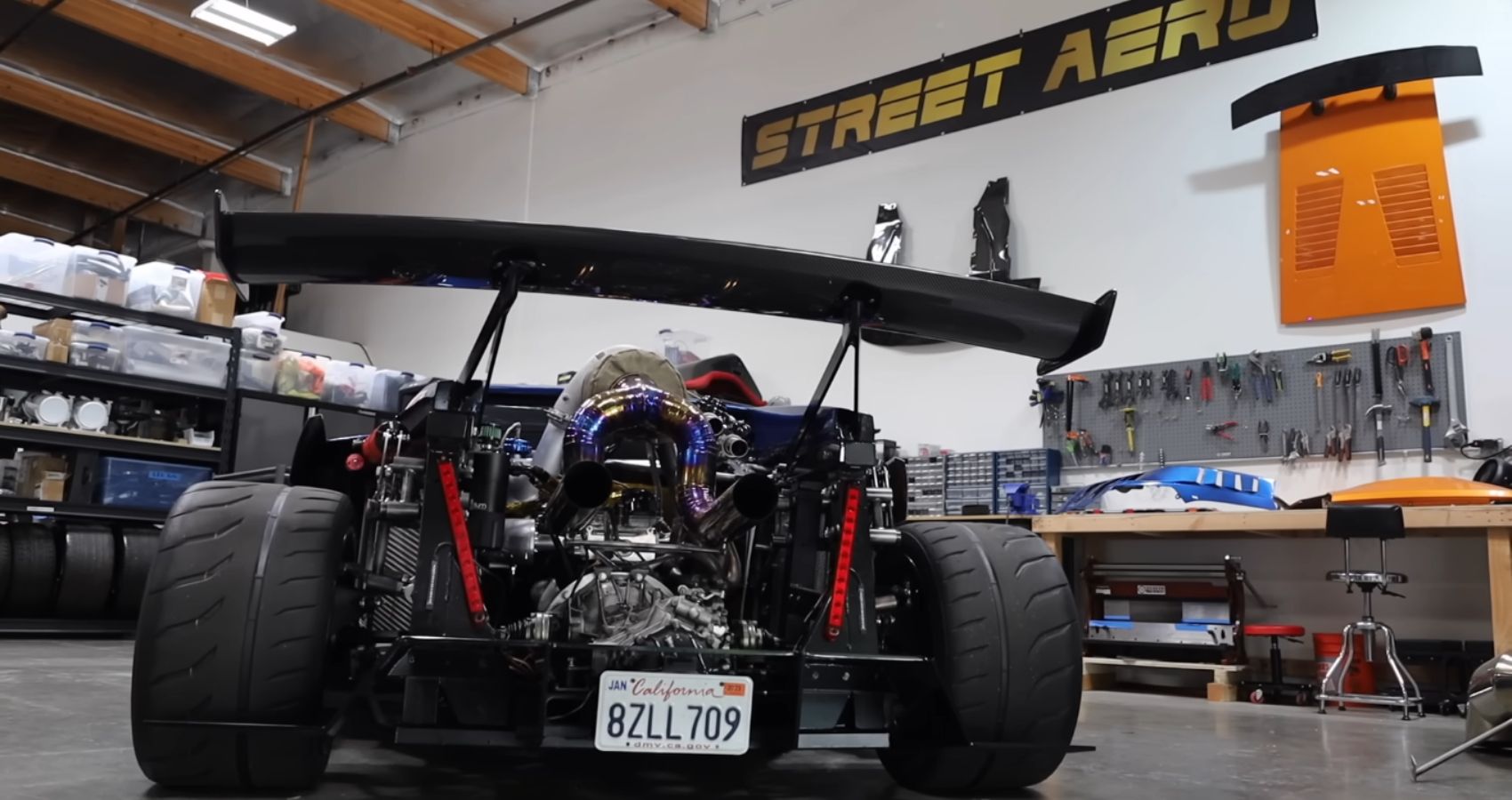The popularization of JDM models now seems more than just a fleeting fad. Popular badges like Nissan, Toyota, and Acura which have lately turned into your daily sedans and mildly popular performance cars were once the lions that emerged from the Japanese automotive industry. While Nissan carried the ‘R’ stint with the R35 for the longest period, Toyota tried to relaunch the Supra badge which has everything BMW underneath. Now, while the chase for the past glory goes on, arguably, what dominated Japan’s streets in the 90s may probably never be repeated. And to find an example of this you don’t really have to think too hard.
Remember the time when Toyota announced the Supra? Purists were enraged on the internet due to the missing 2JZ engine which made it an icon in the first place. However, over time, we have made our peace with the new Supra and whether it does justice to the old badge or not, customers are happy with the package that was offered. This brings us to the handful of reasons why the Supra became a badge that the German top-tiers feared back in the day, one of which was the 2JZ engine.
And someone has put a turbocharged 2JZ in a Lamborghini Gallardo and this Frankenstein of a car feels right out of Mad Max, if only there was ever an asphalt edition.
The Lamborghini Gallardo That’s Barely Even That
Swapping a car with a 2JZ is no breaking news, but there are a few reasons why this iteration made it to our headlines. Starting with the fact that this car is nothing less than a Kraken dressed pretty. Now part of what made the Supra a fun-to-drive machine was its front-set engine that graced with a rather pleasant dynamic. However, in this Gallardo, you might want to wear brown pants as the heart of the monster sits at the back. The 10-minute video shows) the car comes from TheSupercarSuspects channel on YouTube and takes us to the Street Aero Tuning shop.
Now, the Gallardo’s engine was of a compact V configuration, but the 2JZ was a straight six. This meant that the owner of the car needed to first modify and extend the car’s frame to fit the heart. This was joined with a custom exhaust that also spools a massive turbocharger feeding the mill. It has been customized so far out that it only barely has a resemblance to a stock Lamborghini Gallardo.
The Meanest Gallardo We Have Ever Seen
Don’t be mistaken. As much as it would seem like an unfinished car, it is not one. Many comments on the video will validate that. Something out of the Mad Max universe, isn’t it? The goal of this stripped design as mentioned in the video was to be as light as possible to bring out the utmost performance from the engine. While exact numbers aren’t available, the car weighs less than a stock Gallardo and more like a ‘go-kart’ as the owner puts it. This is due to the extensive use of carbon fiber throughout the body. Also, big bucks were spent on the car considering that it exceeded the estimated original budget by about 8 times. The owner says that he and his team had to rebuild the engine at least three times before it was even put inside the Gallardo. From scratch, it took two years for the entire team to put the car together and the last dyno figure rated the car at 1100 horsepower.
The Legend That Is The 2JZ
The 2JZ was probably the most popular piece of engineering that came from the house of Toyota. The company took major cues from Nissan’s race-focussed RB series of engines. Similar to the RB, the 2JZ’s inline configuration manages to lend itself to a design that is naturally balanced. If one were to watch the 2JZ's mess of pistons and rods spin about, its front three cylinders move opposite to the rear. This even weight distribution means the typical polar rocking motion in an engine like the V6, is absent. In summary, this meant that you can rev the car higher longer, safer, and smoother than just about anything else.
Doubling power levels might seem a distant reality with today’s engines but the 2JZ was one of a kind that was built so tough that it could output over 700 horsepower without cracking open the bottom end. It was built out of heavier-duty cast iron instead of aluminum with a sold deck to ward off cylinder movement. Stuffed in was a forged crank and the compression ratio was tamed with dish-shaped pistons. A series of seven main caps kept the crank from shifting and under-piston oil squirters cooled the rotating assembly and kept it lubricated at high RPMs. Toyota also carefully took note of the engine geometry and integrated the elusive square-shaped design where bore diameter and stroke length are the same. All this meant the engine would take on anything till 2,000 horsepower while being tightly packaged. The tuners and the local mechanics knew the potential of the engine, but it’s quite interesting how the last stock Supra that had the 2JZ put out just 222hp. To say the least, the fad remains justified and deserving in every petrolhead’s eye.
And with this Frankenstein Gallardo, the legend of the 2JZ continues albeit with a certain flair coupled with American madness poured into the mix, and we love it.
Source: YouTube/TheSupercarSuspects



